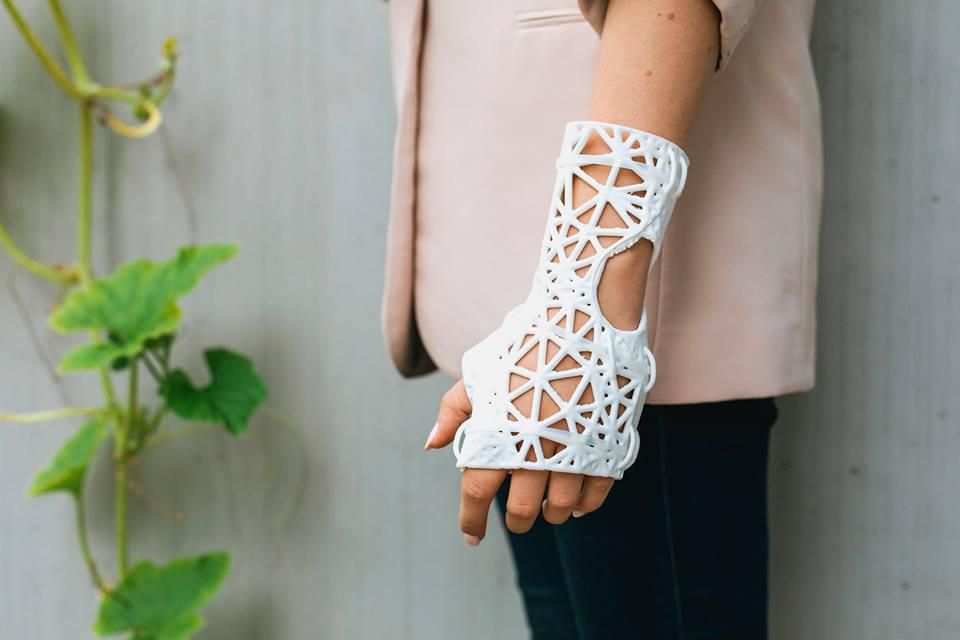Two Latvian entrepreneurs are on a mission to change the way bones are protected and supported during the healing process. CastPrint, a startup founded by Sigvards Krongorns and Janis Olins, uses 3D printing to create lightweight, personalized casts made of plastic web.
According to an article in Forbes, the web-like casts can be taken on and off, which allows patients to begin rehabilitation exercises sooner. Patients can even swim while wearing a CastPrint cast.
Breaking into business
The company’s origin story began when Olins broke his elbow. He couldn’t fit his business suits over the heavy and uncomfortable plaster cast on his arm, and without the suit he couldn’t interact with his auditing clients. He was also passionate about the potential of 3D printing and thought, “Why not print a cast?”
Olins and Krongorns left their auditing jobs to get CastPrint up and running, and begin interviewing doctors, nurses, clinic management personnel, insurance companies and regulators to research fracture treatment. They found a designer and got to work on prototypes.
Clinics adopt cast option
The process they established provides a clinic with a 3D scanner. A doctor or nurse scans the patient’s injury and the image is sent to Krongorns and Olins, and from the image comes a customized, 3D printed cast.
CastPrint has partnerships with seven private Latvian clinics and the children’s hospital in Riga. They know about their worldwide competitors, but they’ve seen substantial growth—in business and the scope of knowledge and trust among health care providers.
“You can go in any clinic or hospital in Latvia and ask the traumatologist about CastPrint, and they would’ve already used it or at least know there is a viable alternative to the traditional plaster cast,” Olins said.
These entrepreneurs expect to expand into Europe and the rest of the globe, exploring options like 3D printing for orthodontics, and bringing “health care services and 3D printing technology closer together.”
 TEXTILES.ORG
TEXTILES.ORG



